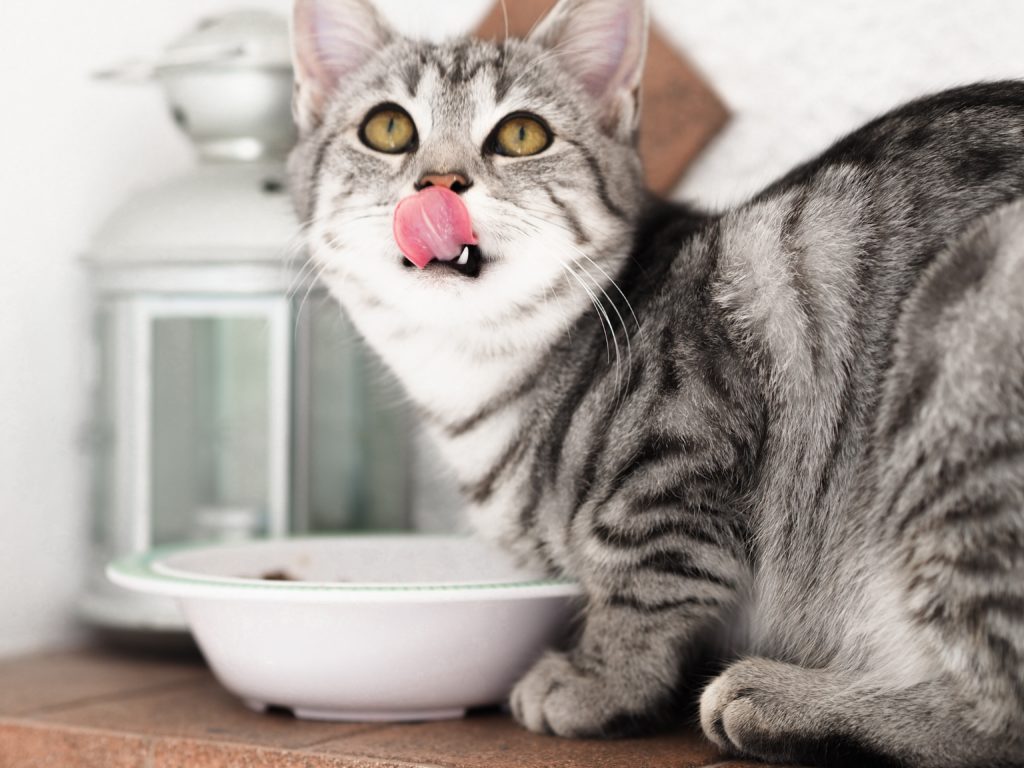AGEs–The Toxic By-products In Pet Food

There is a reaction that occurs when you heat proteins (amino acids), lipids (fats) and carbs (sugar) together. The result is a carmelized or browning effect, similar to toast. Despite making our fried and heated foods extra tasty, this reaction produces advanced glycation end products, or AGEs. Also known as the Maillard effect, one chemical by product in particular is 5-hydroxymethylfurfural. Essentially it becomes a flavor enhancer, making pet food more enticing.
AGEs and cancer
An article in Dogs and Cats Naturally discusses this Maillard by product further, stating:
In 2014, a study took a look at how much Maillard by-products were present in pet food. They found the content was 129 times higher in dog food, and 40 times higher in cat food, compared to the average intake in human consumption. The thing is nobody knows the long term effect of our pets eating these by-products. But what we do know is that rat studies have shown that 5-hydroxymethylfurfural by-product of thermally processed foods (like French Fries) are carcinogenic. The only problem is they don’t know exactly how much Maillard by-product it takes to cause cancer in humans, or in our pets.
AGEs and types of pet foods
The Companion Animal Nutrition & Wellness Institute (CANWI) designed a 2 year study to measure the presence and levels of AGEs in different types of pet diets including highly processed/dry, canned and fresh/raw food. They also wanted to know how AGEs affect the microbiome.
The first study part of the study completed on dogs was indeed eye opening. Dr. Donna Raditic stated, “We’ve found the more heat involved in processing, for example in dry and canned pet diets, indeed, there are higher levels of AGEs compared to fresh and raw diets.”
More research is coming
CANWI has a microbiome lab looking at how AGEs levels affect dogs’ microbiomes. Further studies are being designed specifically for cats. However, there is already current research in the human field regarding AGEs and diabetes.
Just in the last couple of years, we now have a link between high-AGE diets and Type 2 diabetes in people. In fact, it shows that in some diabetics, a change from a high-AGE diets to a low-AGE diets effectively cures their disease.
“They don’t have to take insulin or diabetic medications,” says Dr. Raditic. “Their diabetes is controlled entirely through diet. And we know that with some diabetic cats, a change in diet cures their disease. So with these new human findings in mind, we thought we should study AGEs and diabetes in cats.”
Although we need more studies, the AGEs data is an example of just how important great nutrition is when it comes to feeding our cats. “Natural enzymes and numerous beneficial bacteria are found in raw pet foods, undamaged by any heat application.” says Dogs Naturally Magazine Dr Richard Patton.
Honoring biology
Observation and common sense shows us that a fresh or raw diet mimics what cats would eat in the wild, thus avoiding AGEs altogether. Ultimately, feeding a biologically appropriate diet vs a processed diet can play a foundational role in the overall health of our cats..
Other Sources:

